A non-linear, sequential narrative complements the director's stylistic audacity. Bertolucci uses a car journey that occurs prior to the aforementioned death scenes to reinforce the centrality of the film's primary concern - that being the extent to which lead character Marcello is willing to whore himself in order to become the conformist of the title. With fascism forming the film's socio-political backdrop (and dominating so much of the mise-en-scène) the implications of his attempts to extinguish the less desirable elements of his personality aren't lost on the viewer. Bertolucci's intercutting between past and present invites us to make a further analogy: namely, the link between sexual repression and political extremism. It's this invitation that's perhaps the film's only flaw, for it's both predictable and underdeveloped. Nevertheless, the quiet stoicism of Trintignant's performance thwarts this criticism to an extent, and the remainder isn't enough of a hindrance to even make a dent in the might of Bertolucci's cinematic construct. The film's poignant finale, which sets loose the secrets that our conformist was attempting to subjugate against the background of Italian Fascism's decline, is a solemn reminder of the effects of entrapping the free spirit.
The Conformist is so many things: a treatise on Italian (European?) history, an invigorating thriller, a fascinating character study... but really, the star of this show is the incomparable visual style (thank you, Vittorio Storaro you God.) So there's no other way to conclude (nor is there a more convincing argument for watching this film) than to allow some glimpses of Bertolucci's electrifying vision:
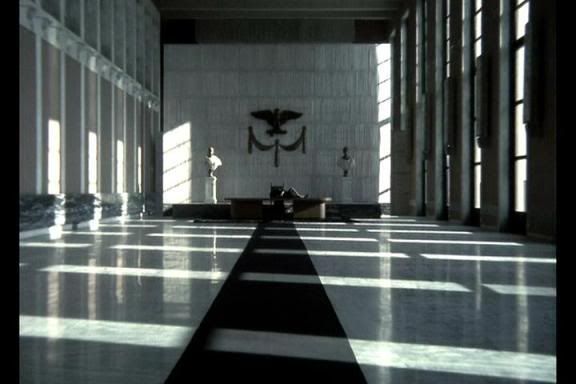
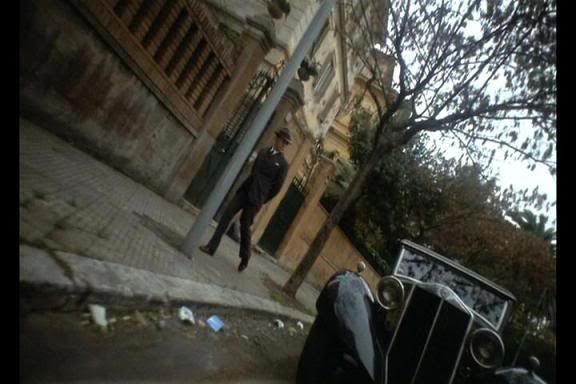
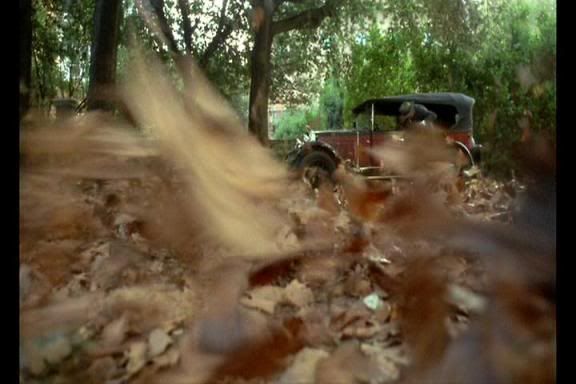

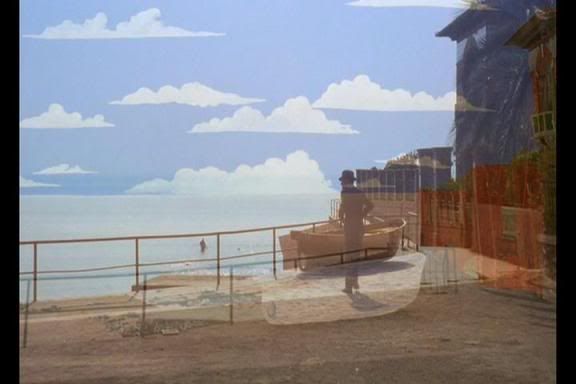
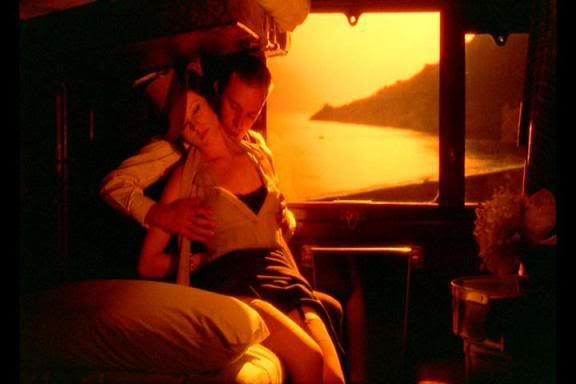
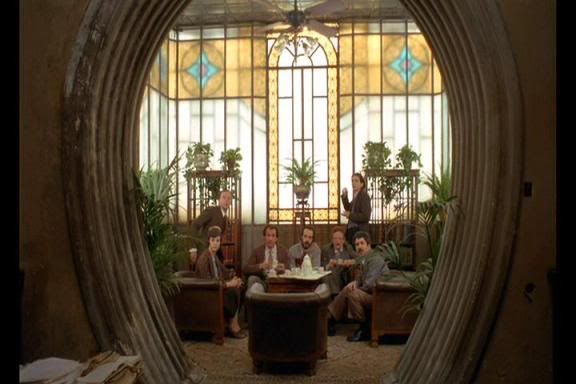
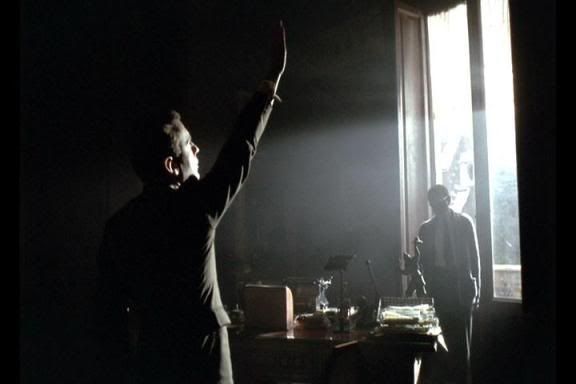
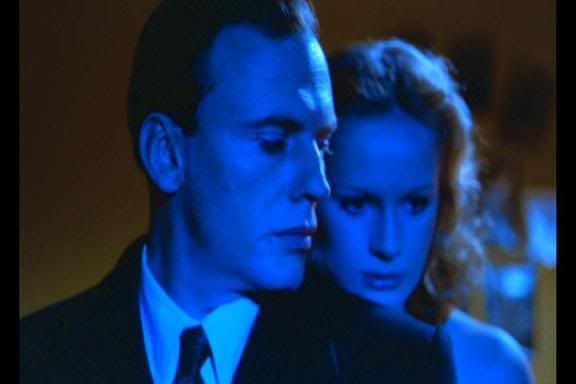
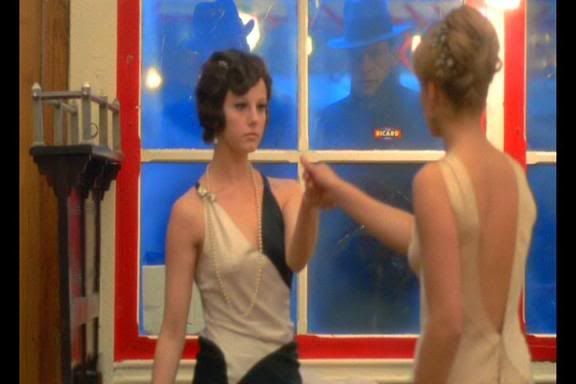
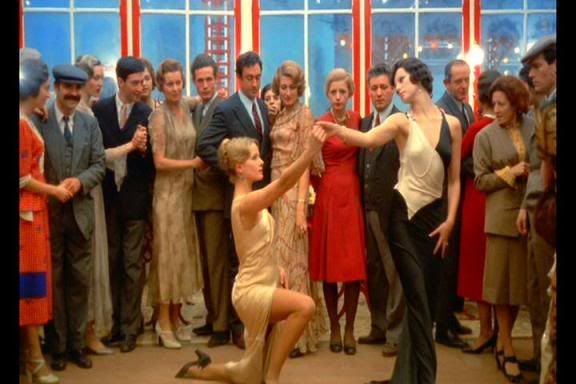

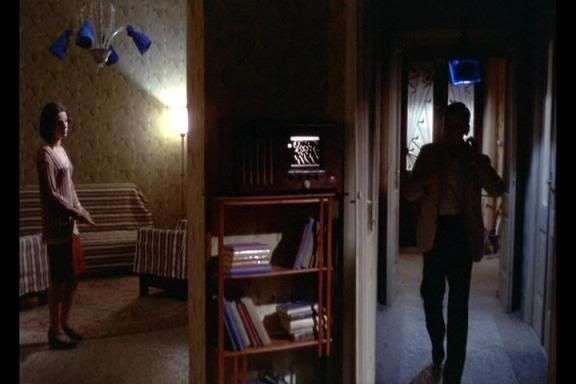

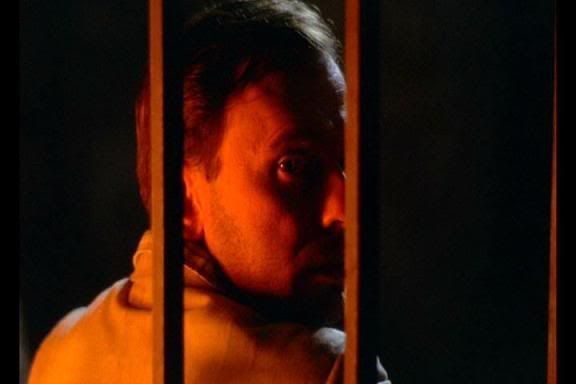
No comments:
Post a Comment